Understanding Commercial Flight Speed: Key Facts and Insights
Jan 30, 2025
Ever wondered how fast do commercial planes fly? Commercial flight speed is usually between 550 and 600 mph. In this article we will go through the speeds during takeoff, cruising and landing, look at the factors that affect these speeds and compare commercial planes to private jets and military planes.
Key Takeaways
-
Commercial airplanes typically cruise at speeds between 550 and 600 mph, balancing efficiency, fuel consumption, and passenger comfort.
-
Flight speed is influenced by multiple factors including aircraft design, weight, wind conditions, and altitude, all of which are crucial for safety and operational efficiency.
-
Future innovations in aviation technology aim to increase commercial flight speeds, potentially introducing supersonic travel by the mid-2030s.
What is Commercial Flight Speed?
Wonders of modern engineering, commercial airliners are designed to carry people and cargo to different places.
They range from tiny regional jets to big long-haul widebodies used by airlines, charter companies and corporate entities alike.
Whether you’re taking a quick domestic hop or a long trip across continents, the speed at which these planes cruise is key to shortening travel time and simplifying logistics.
For many passengers, fast arrival times are top priority. This means knowing the different types of commercial planes and their average cruising speeds is important.
The speed at which these planes fly affects everything from planning flight itineraries to passenger comfort – so it’s big in commercial aviation.
How Fast Do Commercial Airplanes Fly During Different Phases?
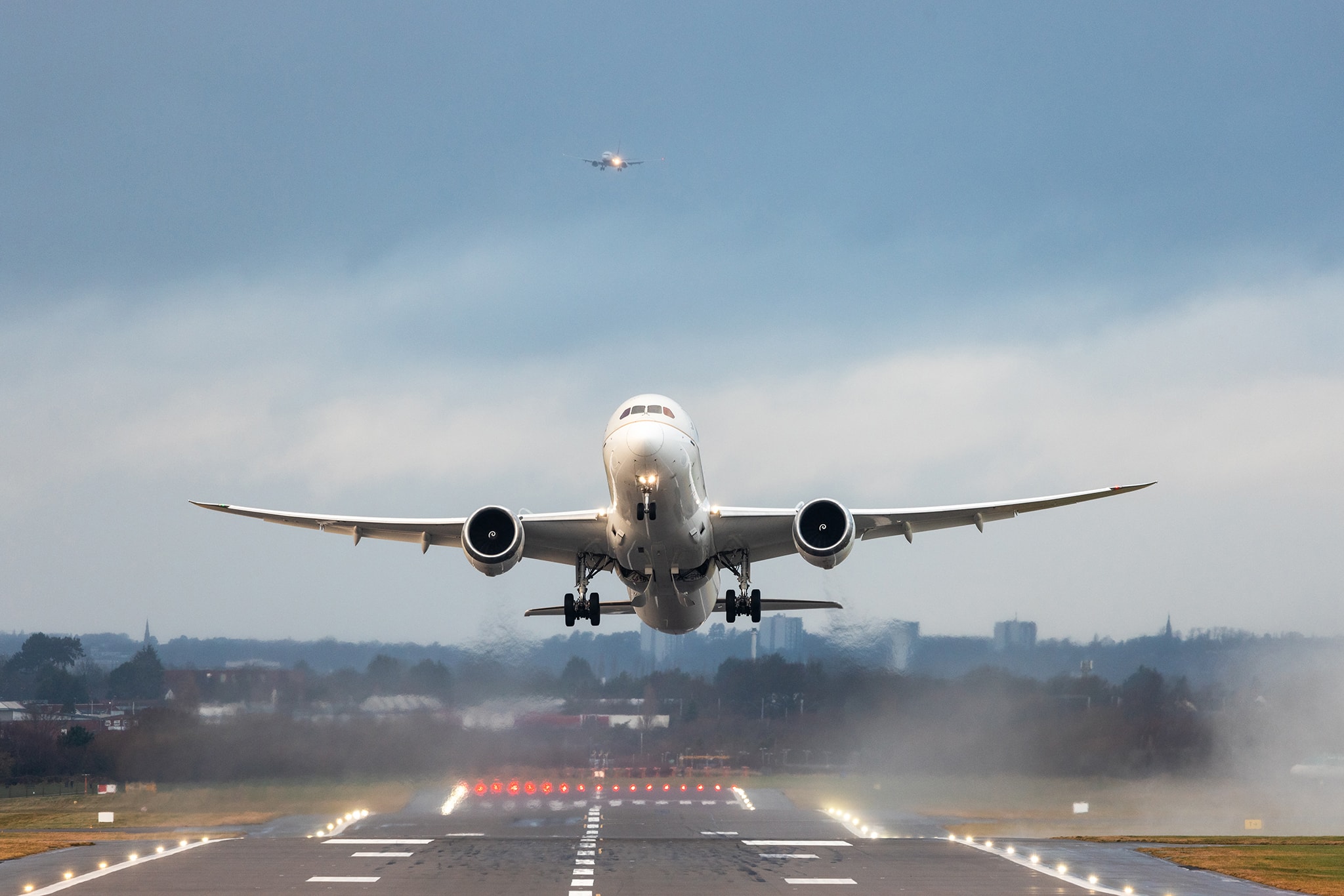
A commercial flight has different speed phases. These are the takeoff, cruise and landing phases of the flight.
Each phase has its own speed rules to ensure stability and safety during takeoff and landing, and cruise speeds are set for fuel efficiency and passenger comfort.
Passenger comfort is key when adjusting speeds in flight. Higher speeds can amplify turbulence and affect passengers’ experience negatively.
So airlines try to find a balance that gives a smooth ride and efficient flying.
Takeoff Speeds
The fun begins at takeoff where speed management is crucial for a safe lift off. The takeoff speed for a Boeing 737 is around 240 km/h (149 mph) but this can vary depending on the aircraft type and design.
When calculating takeoff speeds, the weight of an aircraft is key to determining these thresholds.
Heavier planes need to go faster to generate more lift than their lighter counterparts.
Pilots aim to hit these speed marks while considering factors like runway surface and weight of their aircraft to ensure a stable climb.
Cruising Speeds
Commercial planes cruise at a constant speed once they reach their cruising altitude. The typical cruising speeds for commercial planes are between 550 and 600 mph.
These speeds are dependent on the aircraft model, fuel capacity, weather and air traffic.
At 30,000 to 40,000 feet above ground level where there’s less air resistance commercial planes reach their highest speed and fuel efficiency.
Getting to this equilibrium is key to traveling long distances efficiently and controlling fuel burn during commercial plane cruises.
Landing Speeds
As the plane approaches its destination it starts to descend where managing speed is critical for a safe landing.
The typical speed of commercial planes when landing is between 130 and 160 mph, a Boeing 737 will land between 137 and 162 mph (220 to 260 km/h).
Several factors like the type of aircraft and landing conditions affect these speeds. To ensure a smooth landing pilots adjust their speed considering weather and runway length.
Factors Influencing Commercial Flight Speed
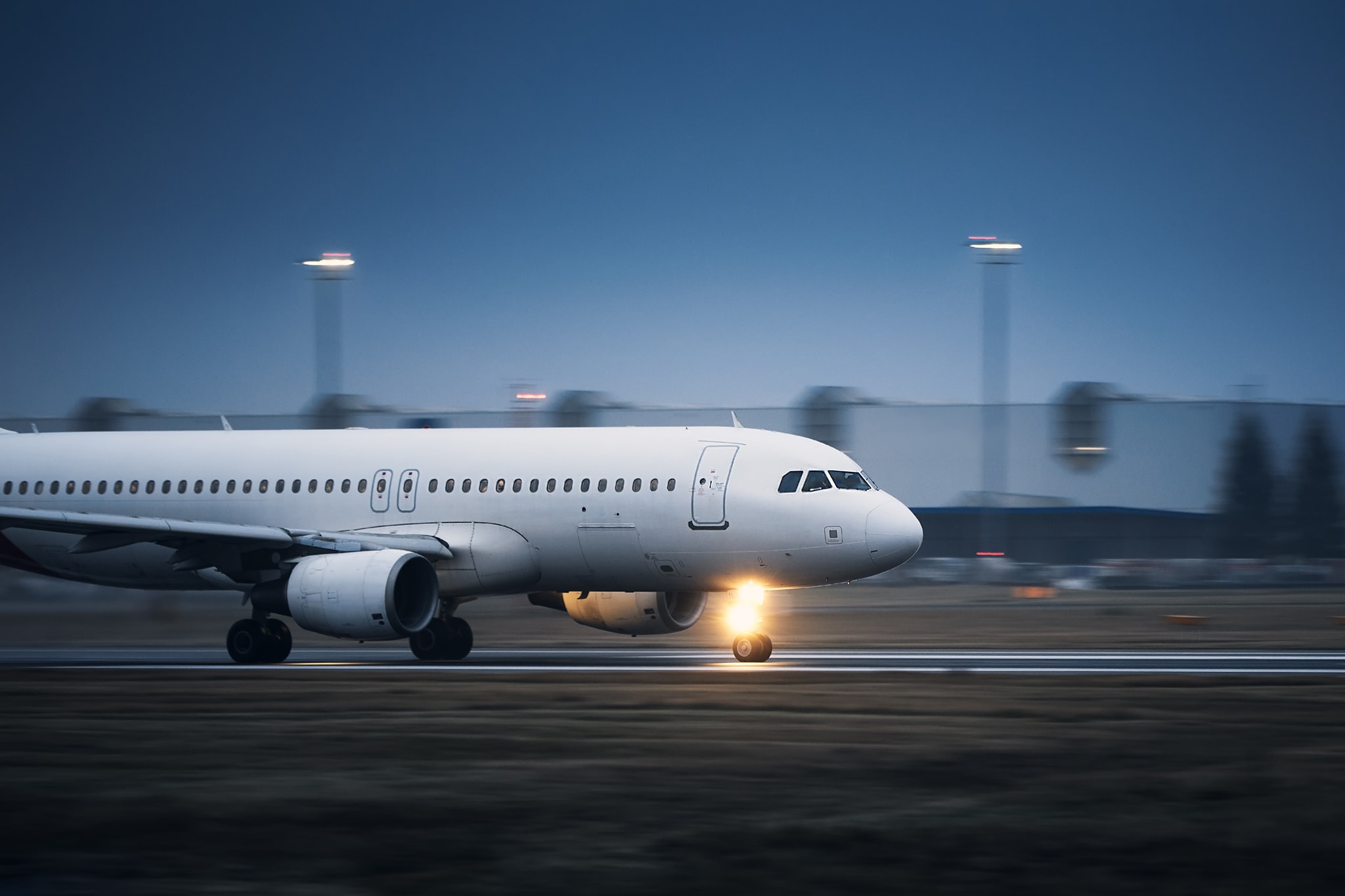
Many things determine how fast commercial planes fly. Key ones are aircraft design, weight distribution and aerodynamics and runway length. Altitude, air density and weather conditions also play a big part in how fast they fly.
To be cost effective airlines adjust their flight speeds taking into account fuel costs and operational efficiency. On busy routes where time is of the essence higher speeds are used to keep flights on schedule. Budget airlines on the other hand go for more economical speeds to balance passenger affordability and competitive pricing.
The Federal Aviation Administration (FAA) also plays a crucial role in regulating air traffic and ensuring flight safety, including setting speed limits for aircraft in specific airspaces to avoid congestion and ensure safe distances between planes.
So, do airplanes have speed limits? Yes, they do, as these limits are established for safety reasons to avoid collisions and ensure efficient air traffic management.
Aircraft Design and Aerodynamics
Aircraft speed is limited by its design where aerodynamic and structural limitations are the bottleneck. Additive manufacturing helps in producing lighter parts for aircraft which means more speed and fuel efficiency.
To improve performance and life of aircraft new composite materials are being tested. More streamlined designs reduce drag and allows planes to fly faster and more efficiently.
Weather Conditions
Weather can have a big impact on aircraft speed, outside influences. Jet streams play a big part in this. Tailwinds can add to ground speed, headwinds can subtract.
To stay safe in turbulent weather pilots may need to adjust both altitude and speed. These changes are important to keep the flight smooth and safe.
Altitude and Air Density
Air density decreases with altitude, which affects flight speed. The lower air pressure at higher altitudes makes engines work differently and changes the lift of an aircraft.
Because the air is thinner it produces less drag so planes can fly more efficiently in these conditions.
At high altitude planes use less fuel because they encounter less air friction.
True Airspeed (TAS) takes into account this air density variation and is important for navigation over long distances.
Measuring Commercial Airplane Speed
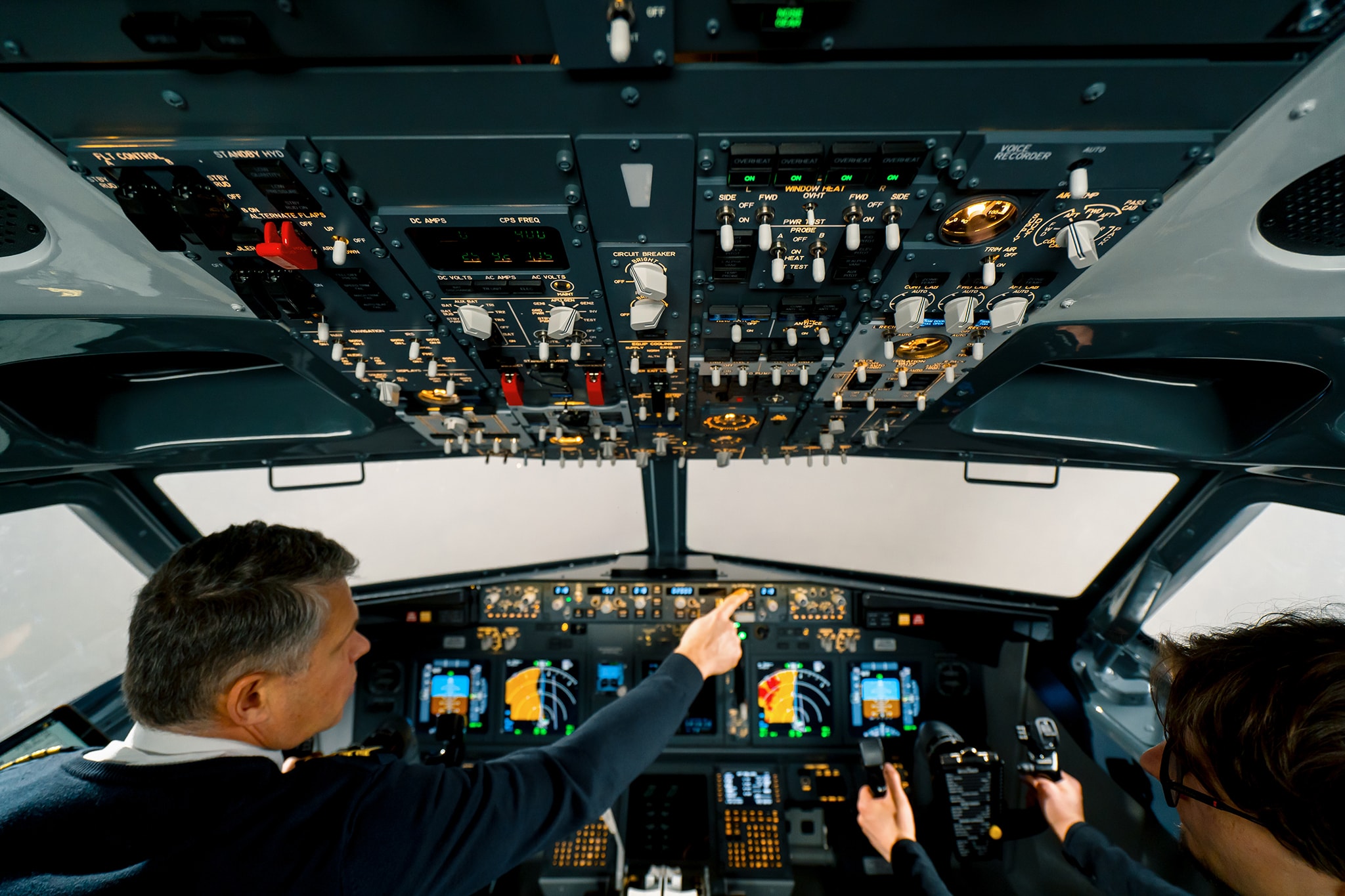
Measuring speed is crucial for both safety and efficiency in flight. Commercial airplane speed is measured in knots.
Airspeed is the rate the airplane moves against the air mass around it which is key to lift and maneuverability.
Ground speed is how fast the airplane moves over the ground below it and can be affected by wind and route. To measure this type of speed accurately GPS has become a standard tool in aviation.
Airspeed vs Ground Speed
Two types of airplane speed are airspeed and ground speed. The former is the velocity of the airplane relative to the air around it and the latter is the rate the airplane moves over the surface of the earth.
Both are used in navigation and flight planning. When encountering strong winds there can be a big difference between airspeed and ground speed. Pilots must account for this difference to navigate accurately and safely.
True Airspeed and Indicated Airspeed
True Airspeed (TAS) takes into account the variations in air density at different altitudes and is the real speed of the aircraft.
For accurate navigation especially on long flights that cover a range of altitudes pilots rely heavily on True Airspeed.
Indicated Airspeed (IAS) the unadjusted speed reading that needs to be refined to be exact is used for takeoffs, landings and aerial maneuvers.
This can be expressed in knots, miles per hour or Mach numbers and is the starting point from which more accurate speed calculations are done.
Comparing Commercial Planes to Other Aircraft
Commercial planes cruise at 550-600 mph. Compared to other types of aircraft like military jets or private jets these speeds are slow.
For example some military planes like the MiG-25 can fly at Mach 3.2 which is way beyond commercial flight speeds.
As for what’s ahead in commercial aviation there could be big changes coming with supersonic technology.
With new models expected to be ready for passenger service by 2029 it looks like we may soon see commercial planes flying at much higher speeds than we do today.
Private Jets
Private jets offer impressive speed capabilities, often ranging from 400 to 700 mph.
Some faster models can reach up to 980 km/h (530 knots), with typical cruising speeds between 500 to 700 km/h (270 to 380 knots) and a maximum speed that makes private jets an attractive option for those looking to save time and enjoy a more direct travel experience.
However, private jets do have limitations. They generally cannot fly as far as commercial airplanes due to fuel storage constraints, although some ultralong-range private jets can travel more than 8,000 miles. Despite these limitations, flying private can reduce travel time by around two hours compared to commercial flights.
Military Aircraft
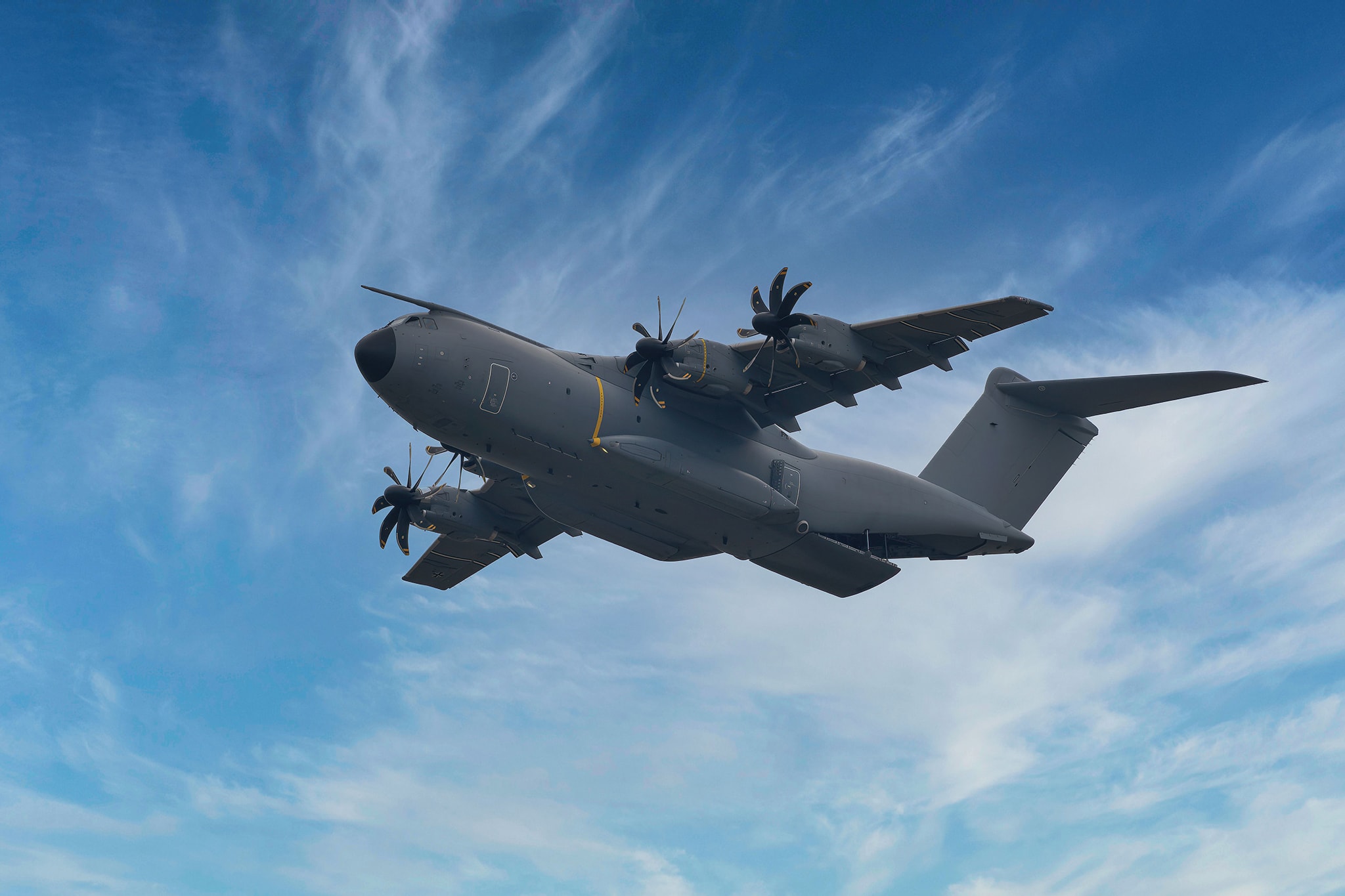
Commercial planes are designed to safely and efficiently move people, cruising 550-600 mph. Military planes are designed for performance for combat, surveillance, moving goods or personnel – so speed is key in these applications.
The difference between the speeds of military jets like the MiG-25 which can go up to Mach 3.2 – a speed far beyond what commercial planes can achieve – is huge.
The ability to reach those speeds is critical for rapid deployment and response to threats in military scenarios, so an aircraft’s speed is vital for its operational effectiveness across all scenarios.
Supersonic Commercial Planes
Commercial aircraft designed to travel at supersonic speeds are poised to transform the future of flight. Boom Supersonic is working on planes that will be capable of cruising at Mach 2.2, a velocity much greater than what current commercial jets can offer.
The Concorde previously set an impressive benchmark by achieving over 1,350 mph and slashing transatlantic journey times to less than three hours, an indicator of how fast commercial planes might operate once they harness supersonic speeds.
When we ask what is the world's fastest plane, military aircraft like the Lockheed SR-71 Blackbird, which holds the record at over 2,200 mph, come to mind.
However, startups like Boom Supersonic are hinting at a resurgence in ultra-fast passenger air travel, with their intention to roll out new models capable of supersonic transport by the mid-2030s.
This development has the potential to dramatically decrease flight durations for commercial flights, heralding a new era in aviation speed and efficiency.
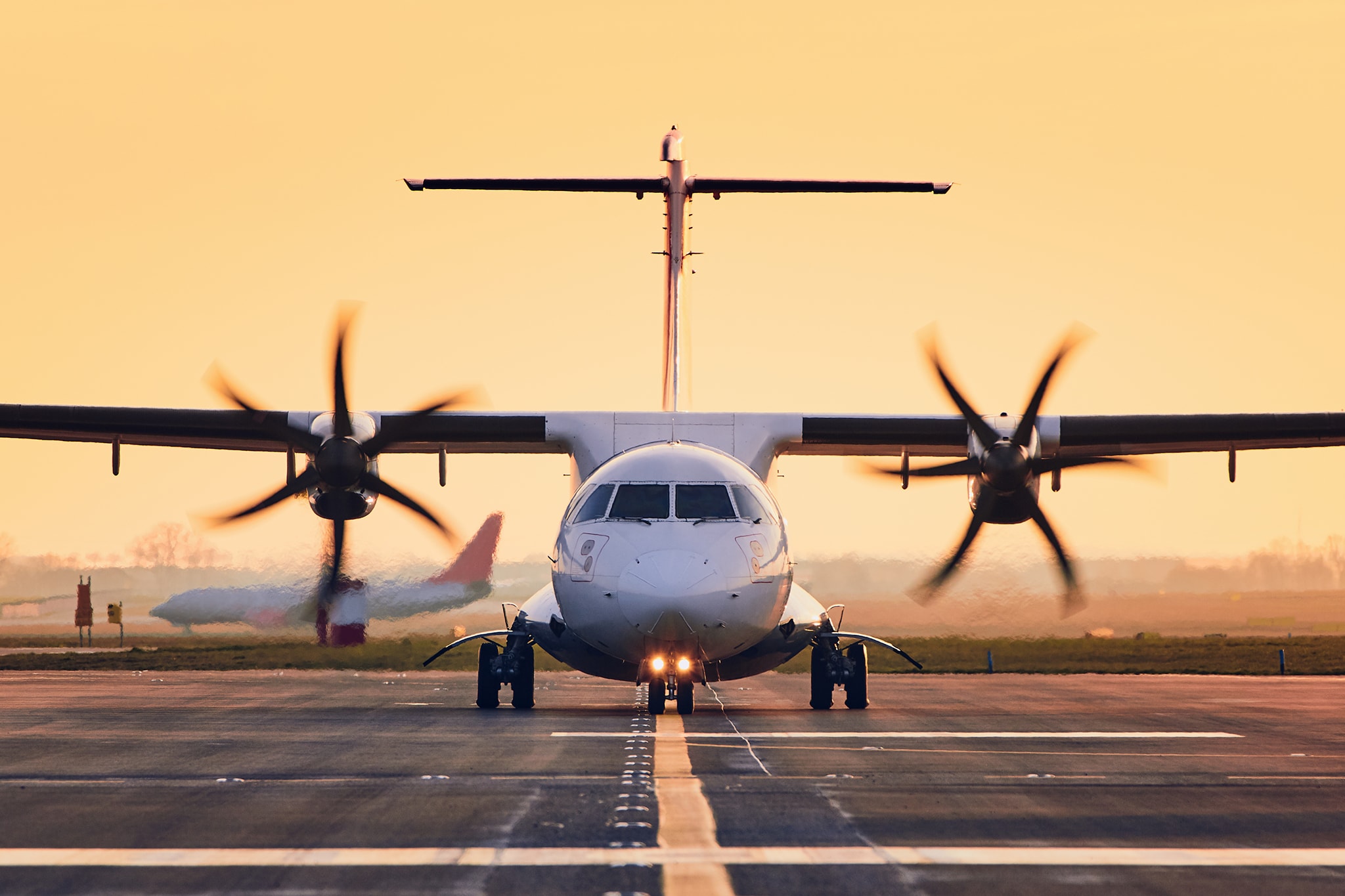
Frequently Asked Questions
Is 700 mph fast for a plane?
Yes, 700 mph is considered fast for a plane, as most commercial jets typically fly between 500 and 600 mph, while some private jets reach up to that speed.
So you’re definitely looking at a high-performance aircraft!
How fast does a 747 fly?
A Boeing 747 typically flies at speeds around 570 mph (about 920 km/h) when cruising.
So, it’s definitely built for some serious speed in the skies!
How fast can commercial flights go?
Commercial flights typically cruise between 880 to 926 km/h (or about 547 to 575 mph).
So, when you’re soaring through the skies, you can expect to go pretty fast!
What is the average speed of a commercial flight?
The average speed of a commercial flight is around 880 to 926 km/h (about 547 to 575 mph).
So next time you fly, you’ll know you’re cruising at some impressive speeds!
How fast do commercial planes fly during cruising?
Commercial planes usually cruise at speeds between 550 and 600 mph, making your journey swift and efficient.
